Sexually transmitted diseases in Europe: a growing challenge
Significantly increasing numbers of diseases
The number of sexually transmitted diseases is rising significantly in Europe. For example, the number of gonorrhea cases increased by 48% from 2022 to 2023, syphilis diagnoses by 34% and chlamydia by 16%. In Germany, HIV infections also increased by 20%. The number of HIV patients in Germany in 2023 was 3300. There has been a considerable increase in Eastern Europe in particular. However, the figures are also serious throughout Europe: around 2.6 million Europeans are living with HIV, around 14 million with hepatitis B and 13 million with hepatitis C. The increase is particularly high among younger people, especially in the 20-24 age group. Young women are most frequently affected by cases of chlamydia and gonorrhea. After peaking in 2019 and a subsequent decline in cases during the COVID-19 pandemic, the numbers are rising again. The fact that the number of cases in non-EU countries is lower is due to the fact that screening in these countries cannot be carried out with the same intensity and accuracy as in the European Union. This means that these data cannot be compared with each other.

What are the most common sexually transmitted diseases?
Chlamydia
Chlamydia is an infection caused by Chlamydia trachomatis bacteria. It is transmitted through sexual intercourse or oral sex. Chlamydia infections are the most common bacterial, sexually transmitted diseases. Due to the often mild symptoms, it often goes unnoticed, but can lead to severe inflammation and infertility. Discharge from the penis and vagina, bleeding, pain when urinating and swollen testicles are the most common symptoms of chlamydia. A quick diagnosis can be made with simple tests and antibiotic treatment is usually sufficient, especially in the early stages.
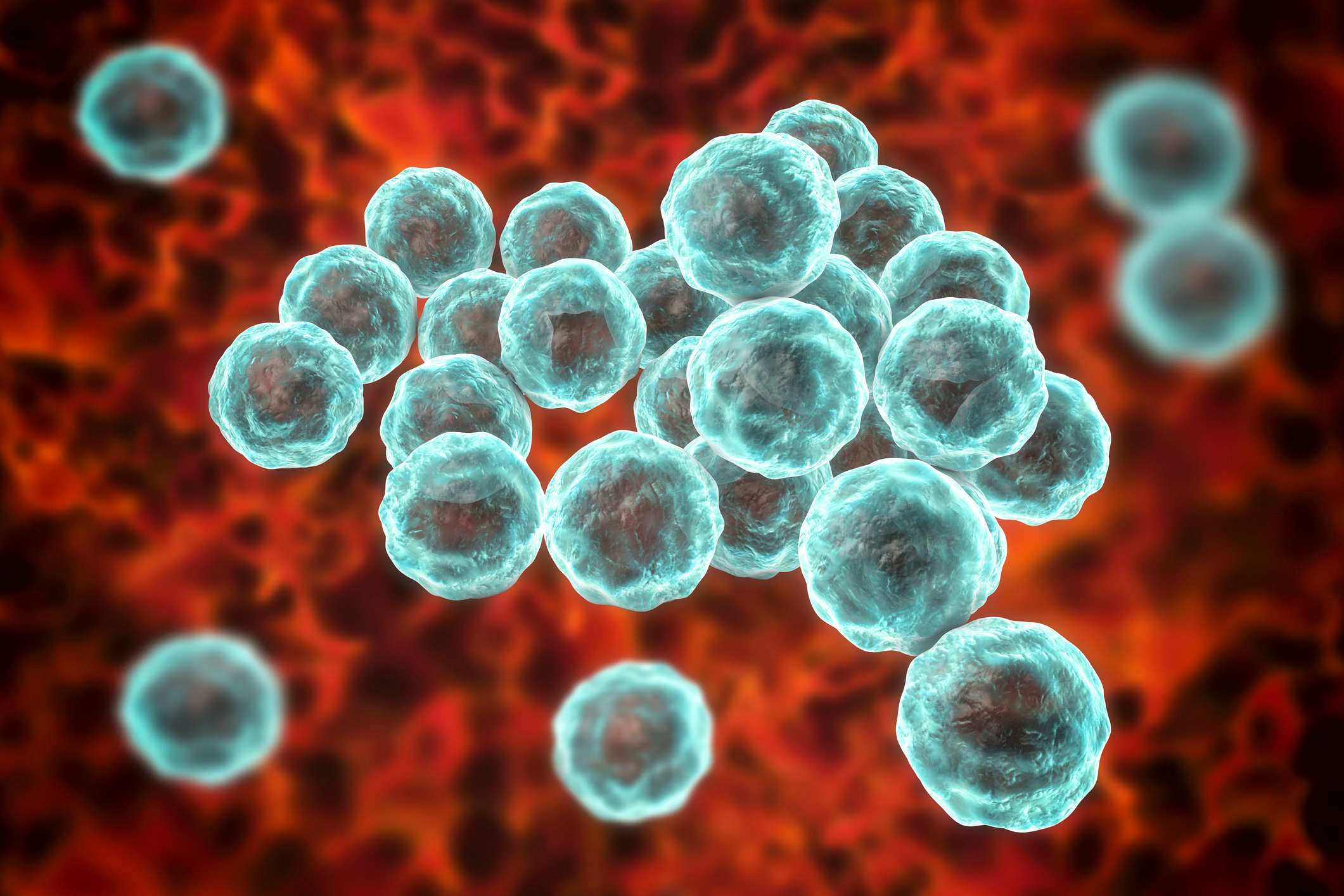
Gonorrhea
Gonorrhea, also known as gonorrhea, is also transmitted by bacteria, the gonococcus, often together with chlamydia. This also causes pain when urinating and discharge from the urethra. In men, it can lead to swelling of the prostate and epididymis, fever and severe pain. Women may also experience severe abdominal pain and accumulations of pus in the abdomen. Doctors can diagnose this disease with a smear test and also treat it with antibiotics.
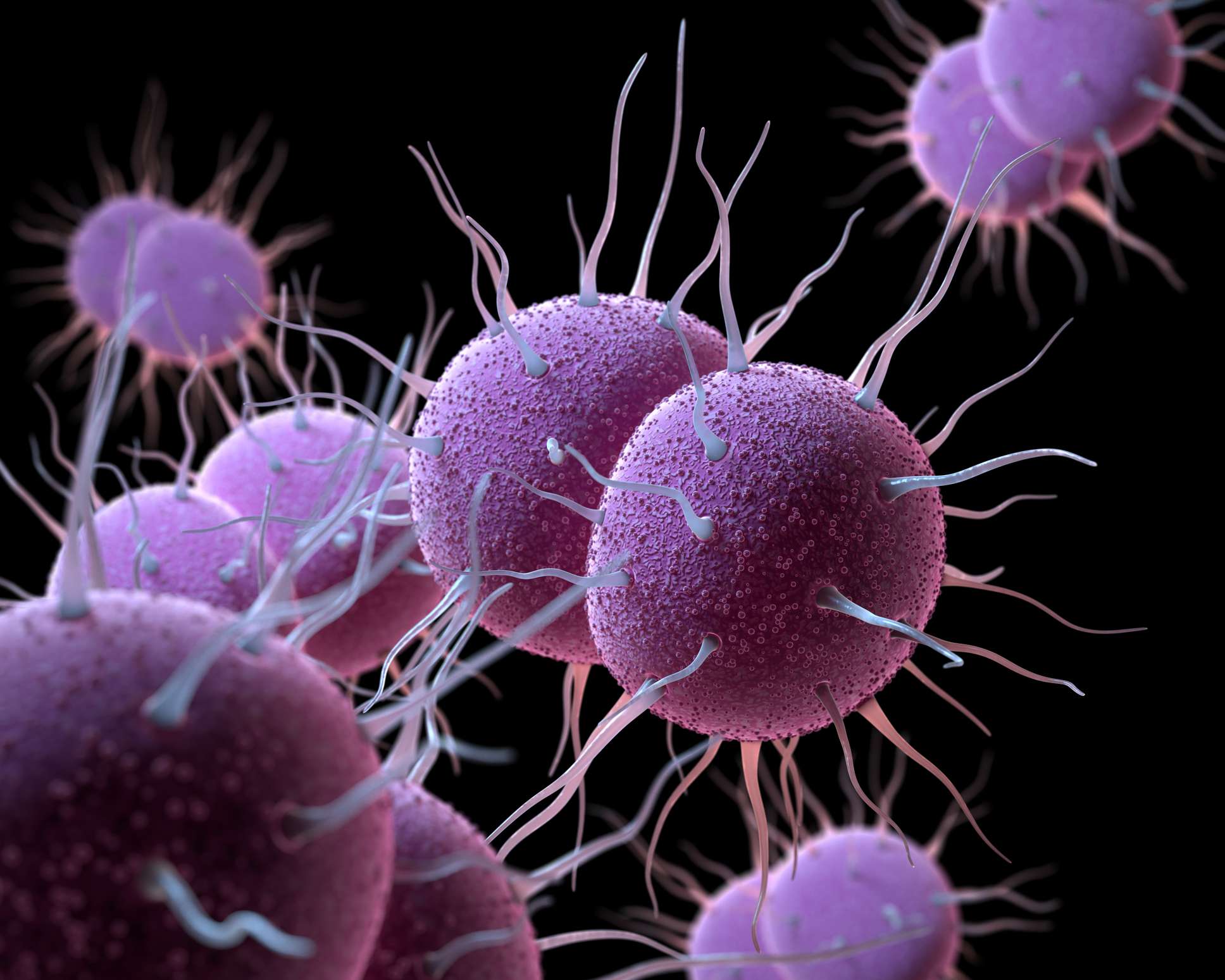
Genital herpes
This is a viral infection with the herpes simplex virus type 2, which can be transmitted via oral sex. Often you don't even know that you are carrying the virus. A single infection is enough to carry the virus for life. There are repeated outbreaks of the disease (flare-ups). Symptoms are fluid-filled blisters that burst and crust over. Fever and swollen lymph nodes may also occur. Before the blisters appear, there is often itching or discomfort (tingling) in the affected area. Episodes of the disease can occur more frequently after stress, fever or during menstruation. Unfortunately, there is no cure, but there are some medications that can significantly reduce the occurrence of flare-ups.

Human papillomavirus (HPV)
HPV infection is triggered by the human papillomavirus. It is the most common sexually transmitted viral disease. There are over 100 different types of this virus. Most of them can cause genital warts. However, some of them can cause cancer, such as cervical cancer, cancer of the anus or glans, and laryngeal cancer. There is a preventive vaccination that provides almost 100% protection. Genital warts can be treated with creams or removed by laser or surgery.

Syphilis
Syphilis, also known aschancroid, is a disease caused by the bacterium Treponema pallidum. It is transmitted via bodily fluids. After infection, ulcers appear at the site of entry and swelling of the lymph nodes. If left untreated, rashes, skin nodules, warts and hair loss can occur after a few weeks. Without treatment, massive organ damage can occur after a few years, which can even lead to death. Syphilis can lead to lymphogranuloma venereum (LGV) in pregnant women, which refers to the transmission of the bacteria from the mother to the unborn child. LGV can have serious consequences for the baby. Premature birth, miscarriage, congenital syphilis and serious malformations are the consequences. The disease can be detected in the blood and the usual treatment is with penicillin.
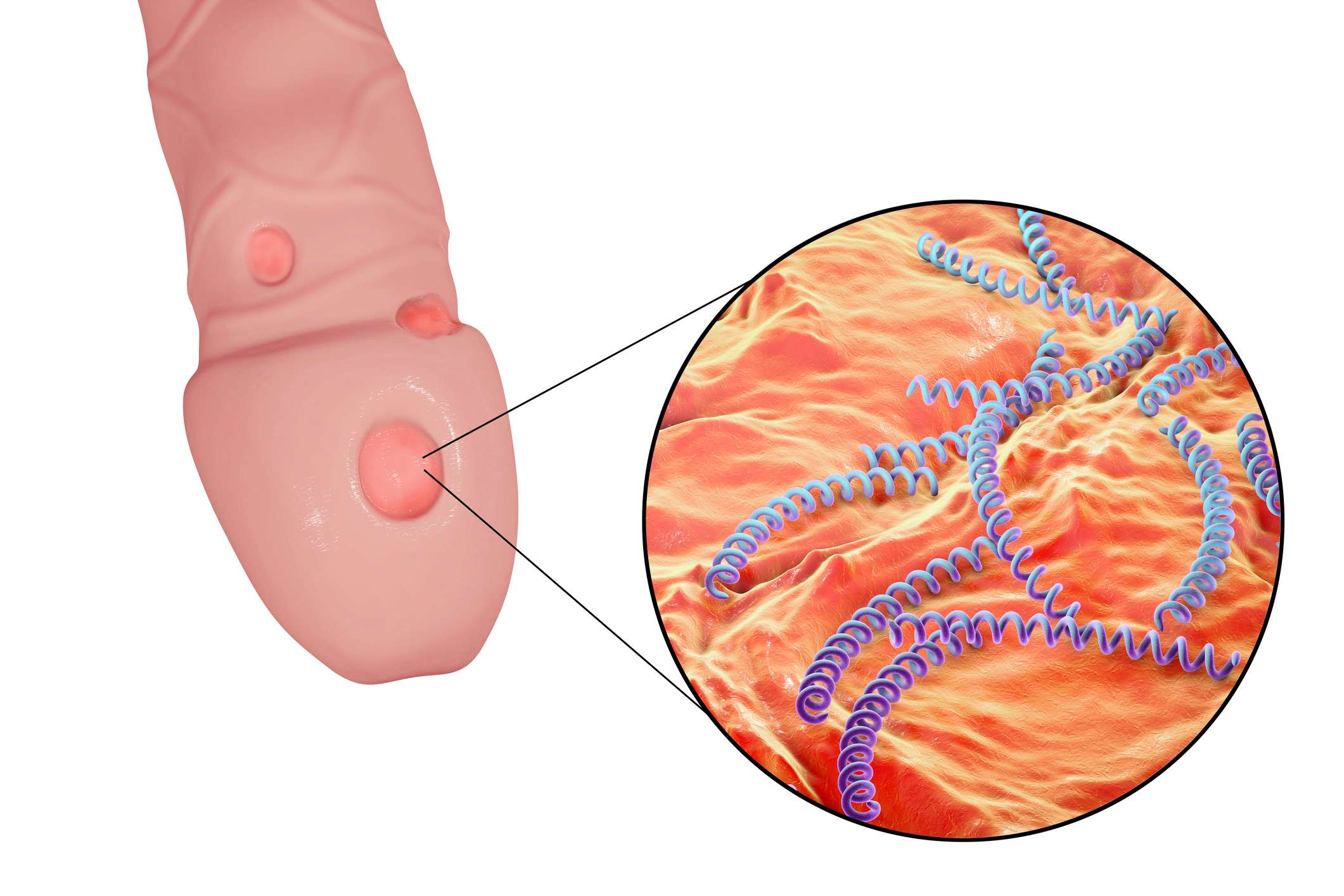
HIV/AIDS
The human immunodeficiency virus (HIV) transmits the incurable disease AIDS (aquired immunodeficiency syndrome). It is also transmitted via bodily fluids. Initially, a viral infection occurs, which is why AIDS is usually only recognized late. After a long latency period, the body's immune system is so severely weakened that various infections can occur, all of which can be fatal. AIDS can be detected by a blood test. There is no cure, but modern therapies reduce the viral load so enormously that it is no longer detectable in the blood. However, lifelong drug therapy is the consequence.
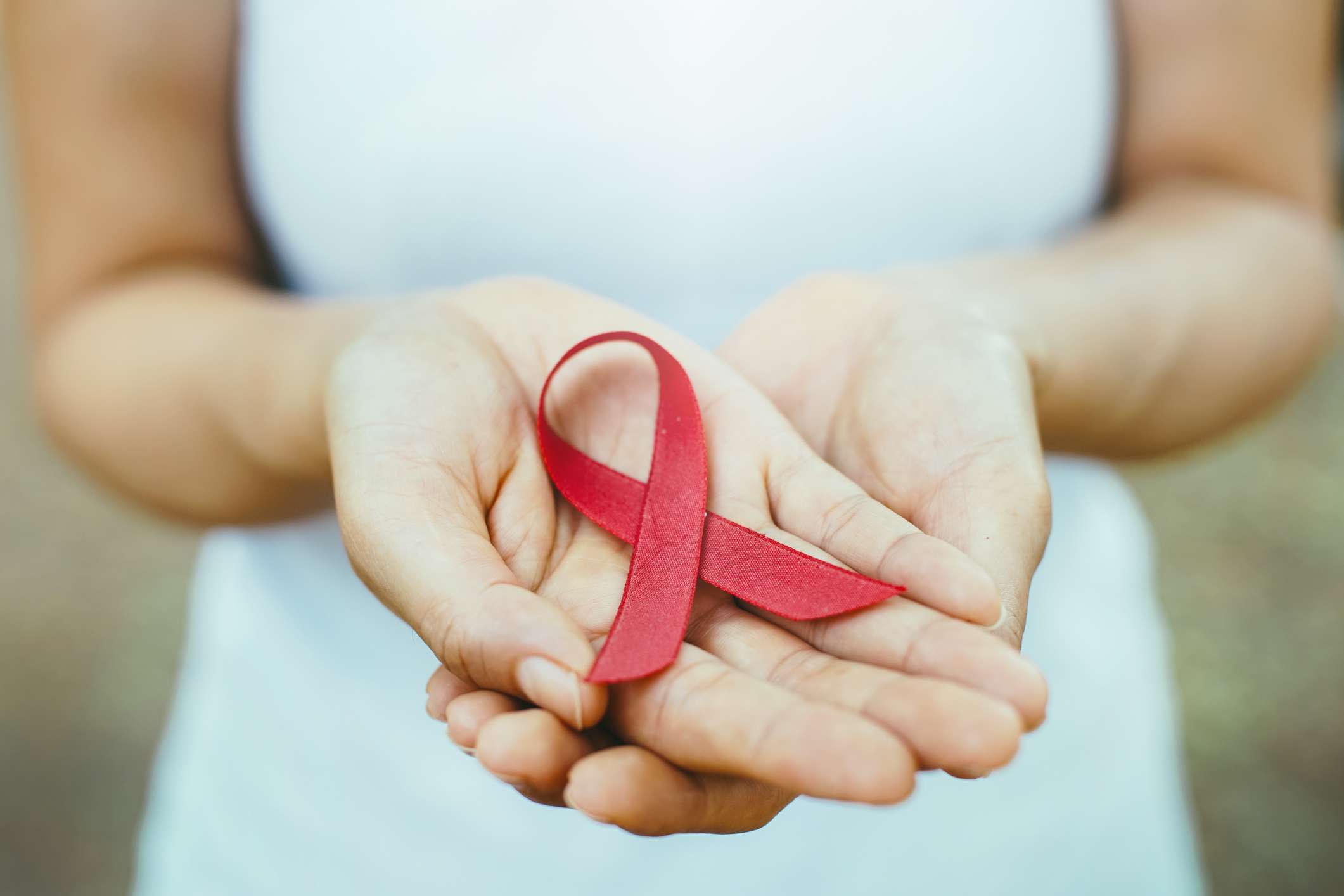
Why are sexually transmitted diseases becoming more common in Europe?
There are several reasons for the increase in the number of sexually transmitted diseases in Europe. First of all, it should be mentioned that the rising numbers are partly due to the improved range of tests available and the increasing frequency of screening in risk groups.
However, another reason is likely to be medical progress. On the one hand, there are better post-exposure prophylactics (PEP), i.e. drugs that are administered shortly after an infection to prevent the disease from breaking out. They reduce the incidence from 30% to 11%. As a result of this progress, people are taking more risks and forgoing condoms because they assume that PEPs can suppress any infection. Unfortunately, this is not the case. They do protect in the majority of cases, but unfortunately not in all. In addition, the time window for drug intervention after infection is very small, but many of those affected are unaware of this.

As a result of medical advances, antibiotic resistance is also occurring more frequently, which can render some of the drugs used for treatment ineffective. An increase in resistance is being recorded in Asia in particular.
Another reason for the increasing frequency is the lack of awareness. Sexually transmitted diseases were on the decline for a long time, which meant that the issue was increasingly neglected.
Migration is also a non-negligible reason for the current trends. People from other countries where sexually transmitted diseases are more common, where medical care is inadequate or who simply lack awareness of these diseases are increasingly becoming carriers of syphilis and the like.
But the classic risk groups are also still an issue. These include drug addicts, prostitutes and men who have sex with men. Although the latter are now very aware of HIV and AIDS, they are not aware of other sexually transmitted diseases such as syphilis, gonorrhoea or HPV.
However, it should also be mentioned that although condoms are the method of choice, the transmission of diseases also depends on the sexual practice in question. Since a condom is usually not used during oral or anal sex, this does not reduce the risk of infection. Small injuries often occur during anal sex in particular, which means that the probability of HIV infection is particularly high. However, it should not be forgotten that both ejaculate and vaginal secretions can also be infectious.
The final reason for the increase is the increased sense of shame associated with sexually transmitted diseases. Those affected often lack a contact person. Patients usually know exactly where they have been infected, but are ashamed to go to the doctor.
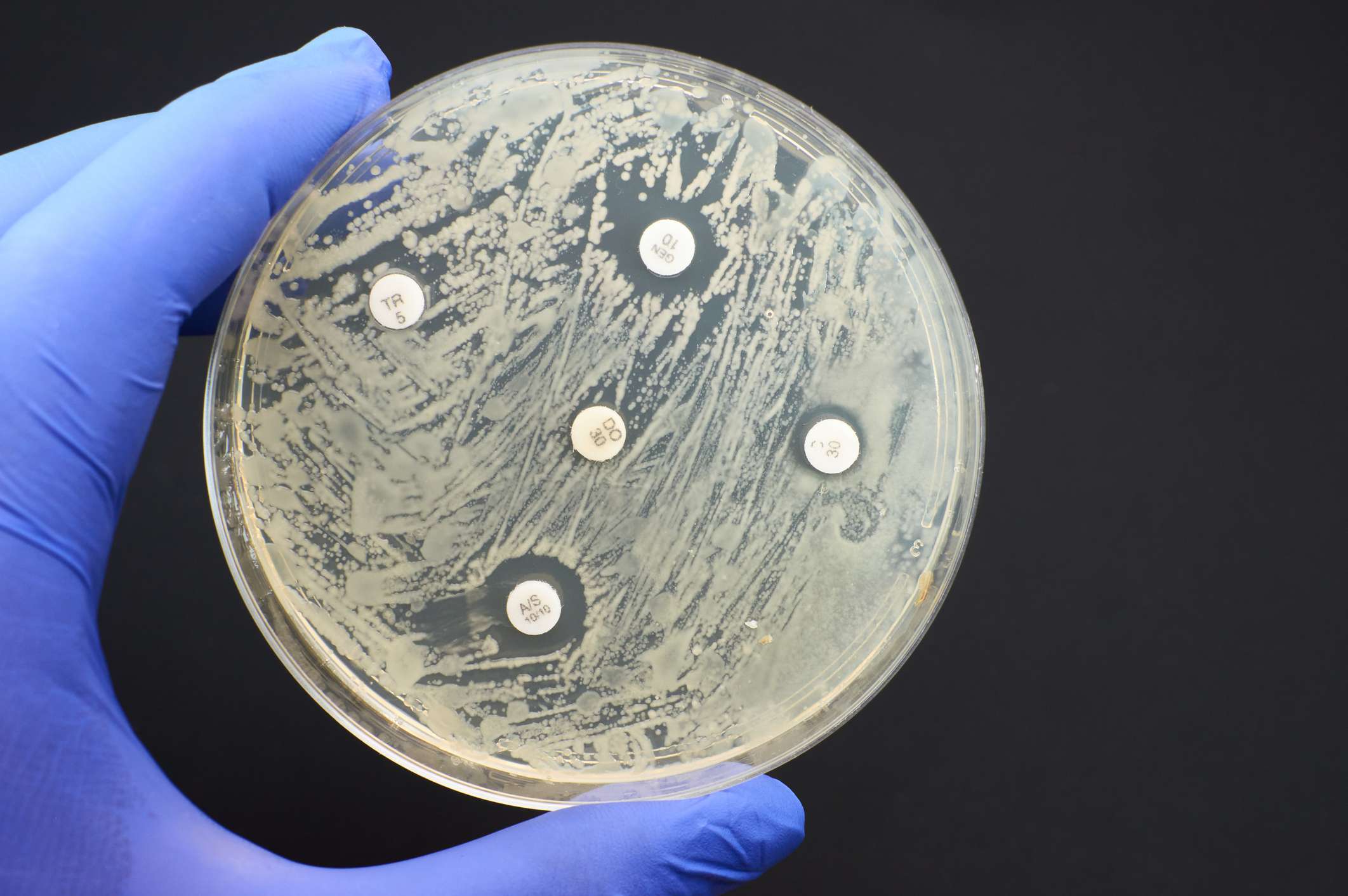
How can I protect myself and others from sexually transmitted diseases? What preventive measures are there?
Prevention measures include education, screening methods, treatment and therapy options, as well as eliminating the feeling of shame. There needs to be greater awareness of the increase in the number of infections and the possible protective factors.
An expanded and better advertised range of tests could also help to detect sexually transmitted diseases at an early stage and to better protect sexual partners against them if they are already infected.
Post-exposure prophylaxis (PEP) and vaccinations play a particularly important role in prevention. PEPs have reduced the incidence of AIDS from 30% to 11%. They therefore reduce the risk to a third. In 2022, 130,000 people in Europe received post-exposure prophylaxis for HIV.
Vaccinations are also an important component in the fight against sexually transmitted diseases. Vaccination for hepatitis B has been used very successfully for many years and protects against liver cirrhosis and cancer. Vaccination against HPV is also almost 100% effective and protects against cervical cancer. In some countries, these vaccinations are even free of charge. Intensive research is currently being carried out into vaccinations against chlamydia, syphilis, herpes simplex viruses and gonorrhea. These are currently in clinical trials and are already being tested.
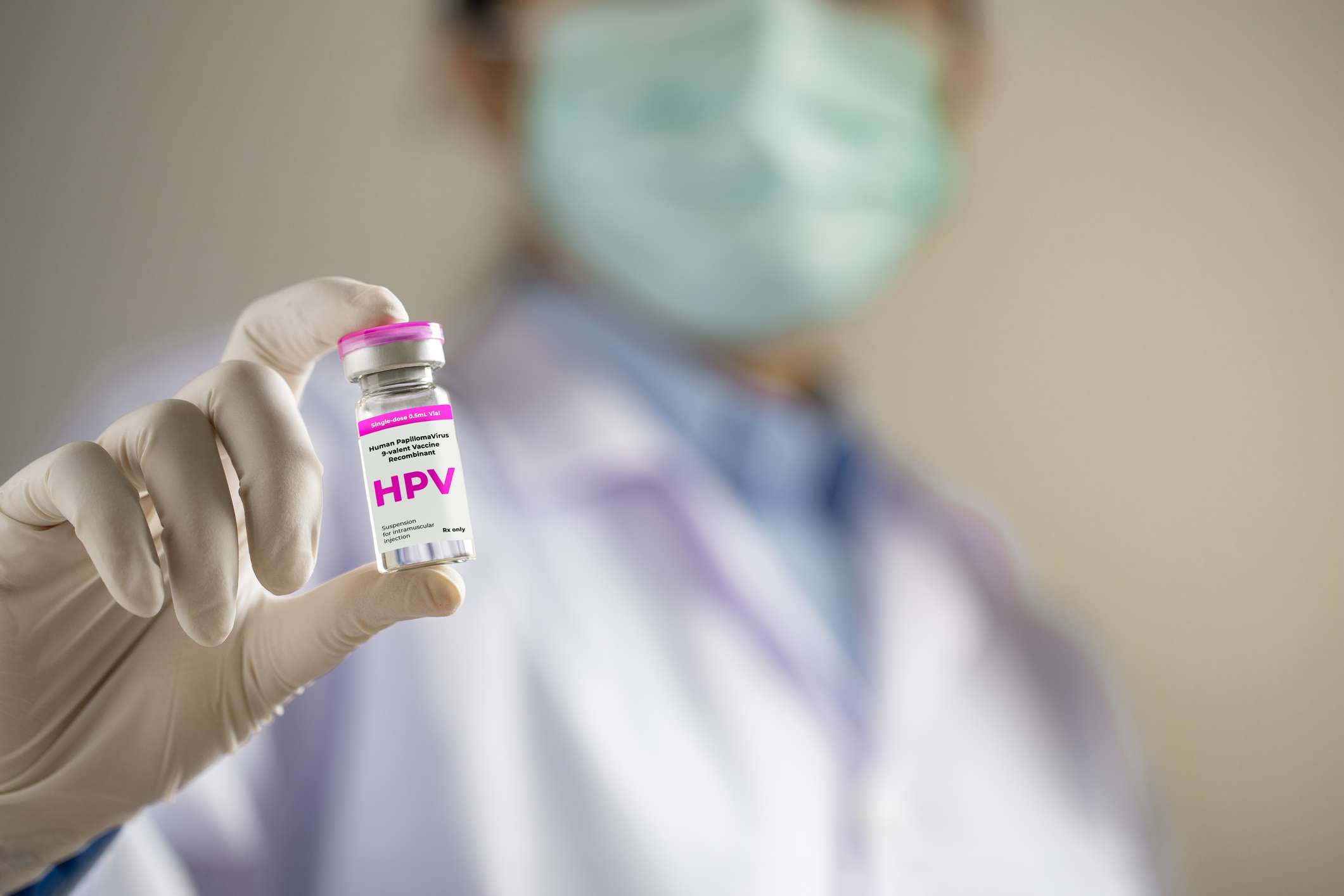
Although there is still no vaccine for AIDS, the drugs on the market are very successful and reduce the viral load to such an extent that it is no longer detectable in the blood.
Although condoms do not provide 100% protection, they are still the method of choice. Due to medical advances in contraception, antibiotics and PEPs, the willingness to use condoms is decreasing.
Last but not least, it is also important to reduce the feeling of shame among those affected. Sexually transmitted diseases can affect anyone. It is therefore all the more important not to wait too long and to seek medical help as soon as possible. Surveys show that most patients know where they got the disease from. It would be important to create more anonymous testing options. This could help to lower the inhibition threshold and encourage those affected to see a doctor more quickly.

Sources
- At, K. (2023, April 13). Geschlechtskrankheiten: Rasantes Ansteigen der Fälle in den USA. kurier.at.
- Bremer, V., Dudareva-Vizule, S., Buder, S., an der Heiden, M., & Jansen, K. (2017). Sexuell übertragbare Infektionen in Deutschland: Die aktuelle epidemiologische Lage. Bundesgesundheitsblatt, Gesundheitsforschung, Gesundheitsschutz, 60(9), 948–957.
- Deutscher Ärzteverlag GmbH. (2024, März 7). ECDC: Sexuell übertragbare Infektionen nehmen in Europa zu. Deutsches Ärzteblatt.
- Experte über Geschlechtskrankheiten: „Die Krankheit haben immer die anderen“. (o. J.). DER STANDARD.
- Gesundheit: HIV-Diagnosen 2023 in Bayern gestiegen. (2024, Februar 16). ZEIT ONLINE.
- Gökengin, D., Noori, T., Alemany, A., Bienkowski, C., Liegon, G., İnkaya, A. Ç., Carrillo, J., Stary, G., Knapp, K., Mitja, O., & Molina, J.-M. (2023). Prevention strategies for sexually transmitted infections, HIV, and viral hepatitis in Europe. The Lancet Regional Health. Europe, 34(100738), 100738.
- Luetkemeyer, A. F., Donnell, D., Dombrowski, J. C., Cohen, S., Grabow, C., Brown, C. E., Malinski, C., Perkins, R., Nasser, M., Lopez, C., Vittinghoff, E., Buchbinder, S. P., Scott, H., Charlebois, E. D., Havlir, D. V., Soge, O. O., & Celum, C. (2023). Postexposure doxycycline to prevent bacterial sexually transmitted infections. The New England Journal of Medicine, 388(14), 1296–1306.
- Medizinischen Universität Wien. (o. J.). Rekordhoch bei sexuell übertragbaren Erkrankungen in Europa. Medizinischen Universität Wien.
- Mitjà, O., Padovese, V., Folch, C., Rossoni, I., Marks, M., Rodríguez i Arias, M. A., Telenti, A., Ciuffi, A., Blondeel, K., Mårdh, O., & Casabona, J. (2023). Epidemiology and determinants of reemerging bacterial sexually transmitted infections (STIs) and emerging STIs in Europe. The Lancet Regional Health. Europe, 34(100742), 100742.
- Österreichischer Apothekerverlag. (o. J.). Comeback der Geschlechtskrankheiten? Comeback der Geschlechtskrankheiten? | Comeback der Geschlechtskrankheiten?
- Sexuell übertragbare Krankheiten werden immer häufiger. (o. J.). DER STANDARD.
- STI cases on the rise across Europe. (2024, März 7). European Centre for Disease Prevention and Control.
- Syphilis. (o. J.). Gesundheitsportal.
- von Menschen, B. M., & des Gesundheitswesens gegen Virushepatitis in der Europäischen Region der WHO sind vor allem einige Länder Osteuropas und Zentralasiens nach wie vor mit Herausforderungen konfrontiert., M. (o. J.). Aktionspläne für die Beendigung von Aids sowie der Epidemien von Virushepatitis und sexuell übertragbaren Infektionen in der Europäischen Region (2022–2030). Who.int.
- Waldow, M. (2023, Januar 15). Sexuell übertragbare Krankheiten wieder auf dem Vormarsch. ZDFheute.
- Wikipedia contributors. (o. J.). HIV. Wikipedia, The Free Encyclopedia.

Thomas Hofko
Last updated on 31.05.2024
Your personal medication assistant
Browse our extensive database of medications from A-Z, including effects, side effects, and dosage.
All active ingredients with their effects, applications, and side effects, as well as the medications they are contained in.
Symptoms, causes, and treatments for common diseases and injuries.
The presented content does not replace the original package insert of the medication, especially regarding the dosage and effects of individual products. We cannot assume liability for the accuracy of the data, as the data has been partially converted automatically. Always consult a doctor for diagnoses and other health-related questions.
© medikamio